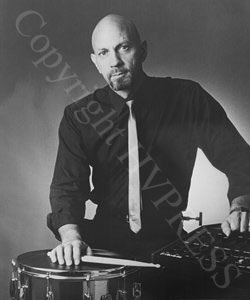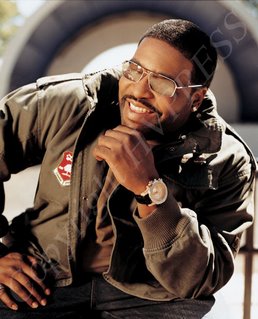 (Newburgh) - Family, friends and supporters gathered at the intersection of Dubois and Broadway Monday November 13, 2006 to pray and rally over the death of Antonio Bryant who was shot and killed by Newburgh Police on October 30, 2006. Omari Shakur said, “my son was executed by Newburgh Police because I called for the Police Chief Eric Poalilli resignation because he killed a black man fifteen years ago while racing his personal vehicle up Broadway at 70 mph and he went unpunished.” Lillie Howard said, “It makes me angry that they keep trying to make my grandson’s past an issue. The ministers talk about not being involved because of my grandson’s background, what about their background?” There’s been viciousness coming from the internet site.” Howard continued, “Well I can say that if it had been one of your Klu Klux Klan children killed, I never would have talked about yours the way you’ve talked about mine.”
(Newburgh) - Family, friends and supporters gathered at the intersection of Dubois and Broadway Monday November 13, 2006 to pray and rally over the death of Antonio Bryant who was shot and killed by Newburgh Police on October 30, 2006. Omari Shakur said, “my son was executed by Newburgh Police because I called for the Police Chief Eric Poalilli resignation because he killed a black man fifteen years ago while racing his personal vehicle up Broadway at 70 mph and he went unpunished.” Lillie Howard said, “It makes me angry that they keep trying to make my grandson’s past an issue. The ministers talk about not being involved because of my grandson’s background, what about their background?” There’s been viciousness coming from the internet site.” Howard continued, “Well I can say that if it had been one of your Klu Klux Klan children killed, I never would have talked about yours the way you’ve talked about mine.”The group of about 200 people marched on City Hall following the rally led by Shakur where he called for Chief Poalilli to resign as Chief during the City Council meeting.
Councilman Sal Cracolici motion for executive session during the arrival of the protesters to Council Chambers, but Councilwoman Regina Angelo motion to let Shakur and the group speak. There were many complaints about police brutality. One person told of how he was “held by cops while Sgt. Labrada, the alleged shooter in Bryant death, beat him and said that he was still in slavery.” One source spoke of Bryant’s conviction and told that “Bryant did not shoot anyone for which he was convicted. It was alleged that Bryant was present during the shooting but to say he did the shooting was untrue, and a witness testified during trial.”
Shakur said “we are tired of the physical and verbal abuse by cops and nothing is ever done about it. They shake down of innocent children and Black all the time, and get away with it.” The City provides no jobs, decent housing and outlets for the Black children.” Shakur has alleged and according to reports there was not a “shoot out” but police execution. Shakur added, “Police executed my son”. Shakur called Poalilli a “murderer”.
Howard said that “Rev. Butts had trouble with the police and the people said they would support him because he’s not a thug. They forget that Malcom X got his start in prison. Cops are constantly robbing and beating our children.” She added “It’s all about creating welfare, social servies and prison for profits off our misery.”
Pictured Above Members of the community rallied together to protest the killing of Antonio Bryant by a Newburgh Police Officer. They marched from the corner of DuBois and Broadway ot Newburgh's City Hall.










